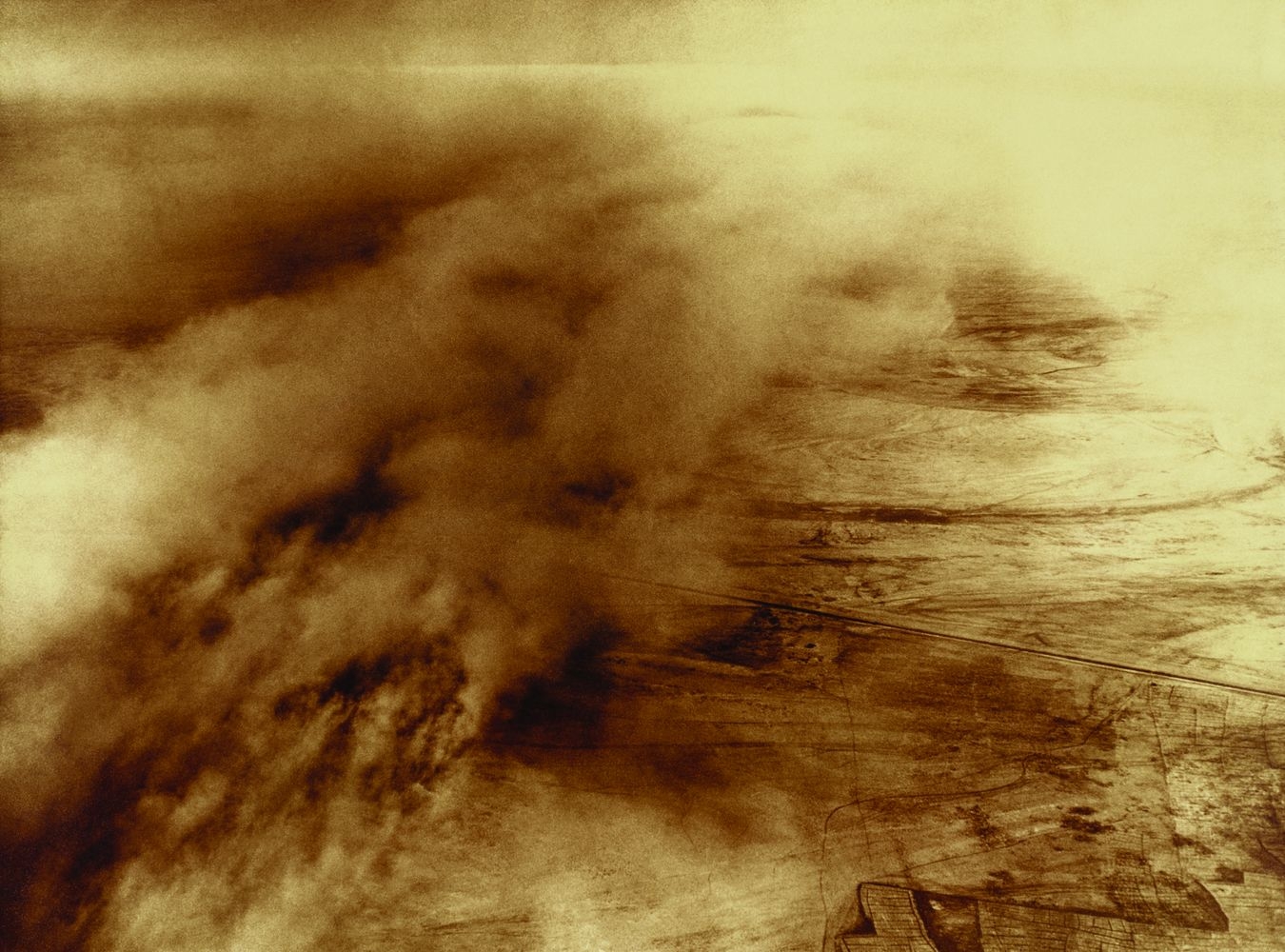Antoine Poidebard
Jesuit missionary and explorer, Antoine Poidebard (1878-1955) settled in Beirut in 1925. Charged with mapping missions by the French mandatory authorities, he realised the extraordinary potential of aerial reconnaissance for recording archaeological data.

From the shores of the Mediterranean to the skies of the Levant
Provided with logistical support by the French airforce, he clocked up thousand of flying hours, mainly over the desert steppes of Syria, but also along the Mediterranean coast as far as Algeria and Tunisia. A highly talented amateur, Poidebard developed innovative technical processes and used strict procedures, paving the way for aerial archaeology as a scientific method.
Using art and technology for archaeological research
Antoine Poidebard’s archives are conserved in the Oriental Library of Saint Joseph University , which presents some of them in its virtual exhibition. It reveals the surprising conjunction between the rigours of scientific research and the artistic scope of Poidebard’s photographs, combining photography, aeronautics and archaeology
"Archives collected in the desert sand" 2016-2017 at the Laténium
In 2016-2017, an exhibition devoted to Antoine Poidebard, called the "Archives collected in the desert sand, from Palmyra to Cartago" was organised by the Laténium (Switzerland) to shed light on the outstanding aerial photographs taken during the interwar period by Poidebard in the Near East.

